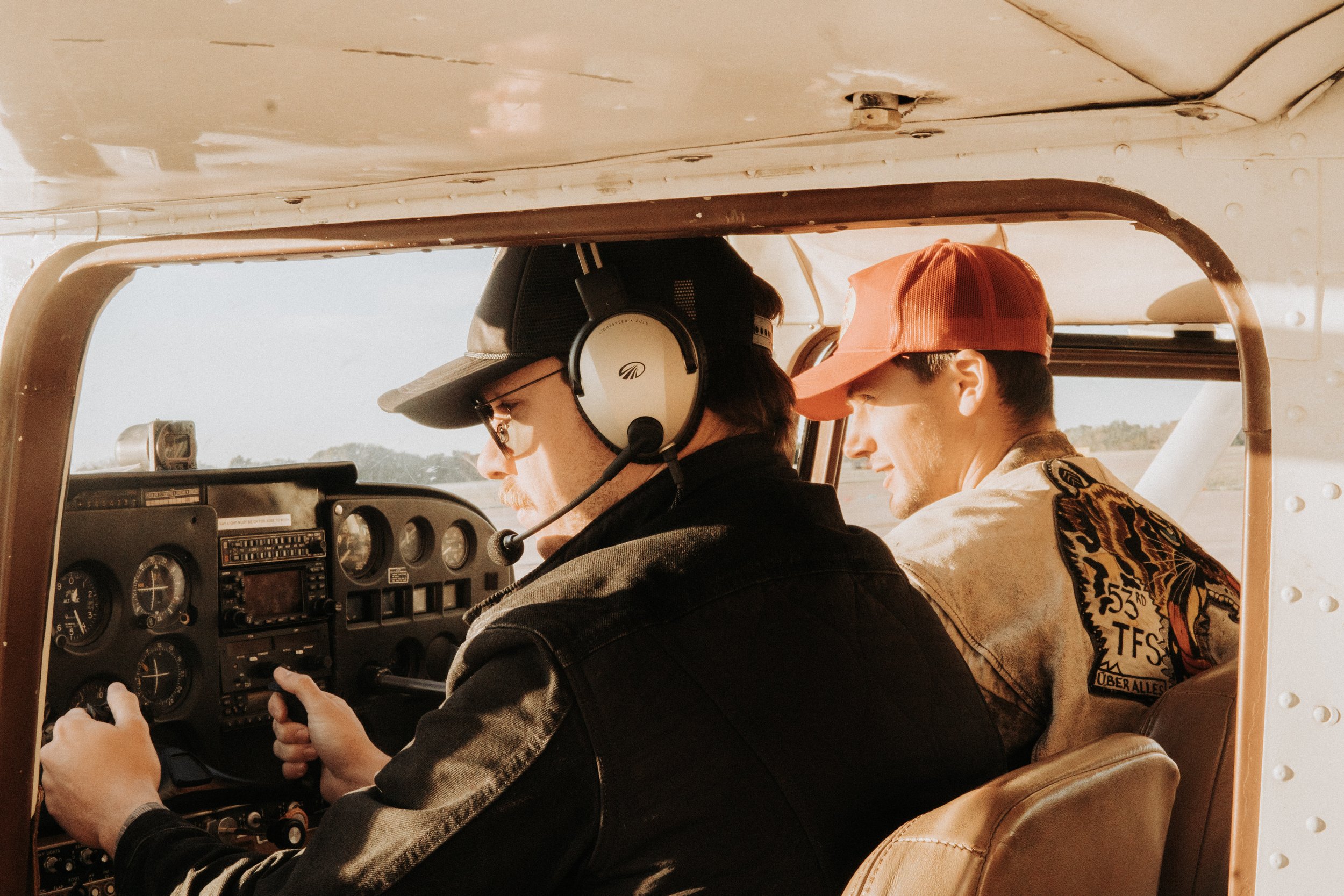The Benefits of Pilot Spin Training
Stepping into the pilot's seat and soaring through the sky is an exhilarating experience.
Pilots undergo extensive training to ensure safe and controlled flight. Among the various specialized training programs available, pilot spin training stands out as a vital component. This blog aims to shed light on the benefits of spin training for pilots, highlighting how it enhances their skills, knowledge, and safety in the skies.
Understanding Aerodynamic Principles: Spin training delves into the complex world of aerodynamics, providing pilots with a deep understanding of how their aircraft behaves in extreme flight conditions.
Pilots learn about the factors leading to stalls and spins, such as airflow disruption and loss of lift.
By comprehending these principles, pilots can anticipate and prevent potentially dangerous situations, ensuring safer flights.
Developing Effective Recovery Techniques: One of the core objectives of spin training is to equip pilots with the necessary skills to recover from a spin.
While spin avoidance is the primary goal, accidents can happen, and pilots need to be prepared.
Through comprehensive training, pilots learn proper recovery techniques, including control inputs and the use of aerodynamic forces to regain control of an aircraft. These skills are invaluable, as they enable pilots to react swiftly and effectively in critical situations, mitigating the risks associated with spins.
Enhancing Situational Awareness: Spin training enhances a pilot's situational awareness, a critical aspect of aviation safety.
Pilots learn to recognize the early signs of an impending spin, such as stalls, excessive bank angles, or uncoordinated flight.
By honing their ability to identify these indicators, pilots can take proactive measures to prevent spins from occurring. This heightened situational awareness extends to other aspects of flying, improving overall flight safety.
Boosting Confidence and Decision-Making Skills: Navigating a spin demands a calm and focused mindset.
By experiencing controlled spins in a training environment, pilots develop confidence in their ability to handle high-stress situations.
This newfound confidence translates into improved decision-making skills during flight. Pilots trained in spin recovery techniques are more likely to make sound judgments and take appropriate action promptly, reducing the chances of accidents caused by panic or indecisiveness.
Strengthening Professional Competence: Spin training goes beyond just meeting regulatory requirements; it strengthens a pilot's professional competence.
It demonstrates their commitment to safety and continuous improvement, both of which are highly valued in the aviation industry.
Pilots who have undergone spin training possess an additional skill set that sets them apart, making them more desirable candidates for advanced pilot roles, aviation organizations, and flight schools.
Fostering a Safety Culture: Pilot spin training contributes to cultivating a safety culture within the aviation community.
As pilots become more knowledgeable about spins and their recovery techniques, they can share their expertise with others.
By promoting the importance of spin awareness and recovery, pilots help create a safer environment for everyone. This collaborative effort in raising safety standards positively impacts the entire aviation industry.
Conclusion: Pilot spin training is an essential component of aviation education that equips pilots with crucial skills, knowledge, and confidence to handle spins and other critical flight situations.
By understanding aerodynamic principles, mastering recovery techniques, enhancing situational awareness, and boosting decision-making skills, pilots become safer and more competent aviators.
The benefits of spin training extend beyond individual pilots, fostering a culture of safety within the aviation community. Aspiring pilots should embrace spin training as a valuable opportunity to unlock the skies while ensuring safe and responsible flight.








